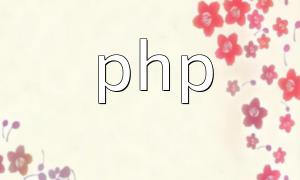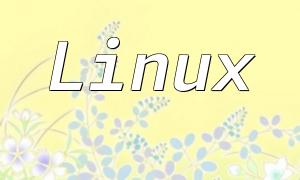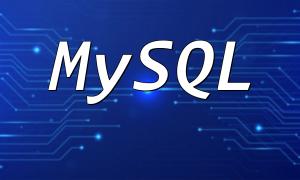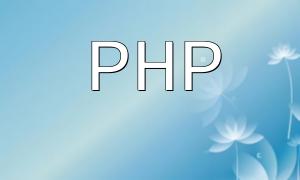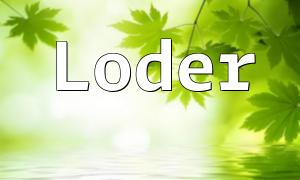JSON (JavaScript Object Notation) is an essential data exchange format in modern web development. In PHP, working with JSON data is a common task, so mastering how to efficiently access and manipulate JSON data is crucial for developers. This article will introduce PHP's JSON data access techniques to help developers handle data better.
JSON is a lightweight data exchange format that is both easy for humans to read and write, and easy for machines to parse and generate. In PHP, two built-in functions are commonly used for handling JSON data: json_encode and json_decode.
After retrieving JSON data, the first step is usually to use json_decode to convert it into a PHP array or object. Here's an example:
$jsonString = '{"name": "John", "age": 30, "city": "New York"}';
$data = json_decode($jsonString, true); // Convert to associative array
echo $data['name']; // Output: JohnIn this example, json_decode is used to convert the JSON string into an array, allowing access to the data through array keys.
It's important to note that the second parameter of the json_decode function determines the structure of the parsed data. If set to true, it returns an associative array; if set to false (the default), it returns an object. This setting is crucial when dealing with complex JSON data.
After processing the data, you might need to convert it back to JSON format for data exchange or storage. The json_encode function easily handles this. Here's a simple example:
$arrayData = ['name' => 'John', 'age' => 30, 'city' => 'New York'];
$jsonOutput = json_encode($arrayData);
echo $jsonOutput; // Output: {"name":"John","age":30,"city":"New York"}With json_encode, you can convert a PHP array or object into a JSON-formatted string for subsequent data exchange or storage.
In real-world development, JSON data structures are often more complex, with nested objects or arrays. Here's an example of handling nested JSON data:
$jsonString = '{ "employee": { "name": "John", "age": 30, "skills": ["PHP", "JavaScript", "SQL"] }}';
$data = json_decode($jsonString);
echo $data->employee->name; // Output: John
echo $data->employee->skills[0]; // Output: PHPIn this case, you can easily access nested JSON data through the object's properties.
When working with JSON, error and exception handling is equally important. PHP provides the json_last_error function to help developers check if JSON parsing was successful. Here's an example:
$jsonString = '{"name":"John", "age":30}'; // Valid JSON
$data = json_decode($jsonString);
if (json_last_error() === JSON_ERROR_NONE) {
echo "JSON data parsed successfully!";
} else {
echo "JSON parsing error: " . json_last_error_msg();
}With this error handling mechanism, developers can ensure robustness when working with JSON data.
Mastering JSON data handling techniques in PHP is essential for developers. Not only does it improve data processing efficiency, but it also enhances application performance. We hope this article helps you better understand how to parse and manipulate JSON data in PHP.

